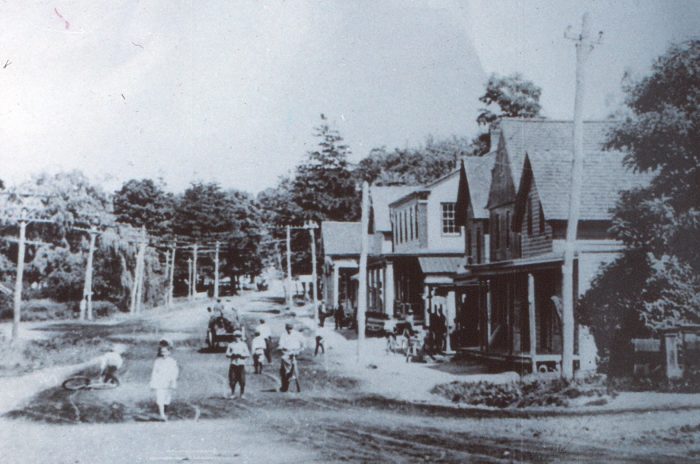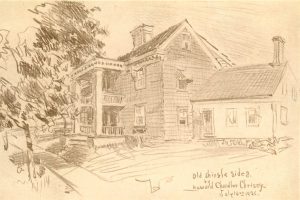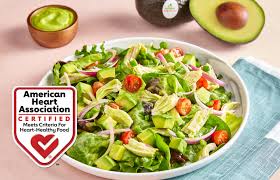MEET THE MAGNIFICENT MAYA!
This week’s featured shelter pet is Maya, a lovable domestic short-haired beauty available for adoption at the Smithtown Animal Shelter.
Approximately four years old with a striking brown and tabby coat, Maya came to the shelter from a home with many other cats, and while her journey hasn’t been the easiest, this resilient little lady is ready to find the forever family she deserves—one that will show her the safety, care, and affection she’s always longed for.

Though she may seem a bit shy at first, patience is the key to unlocking her affectionate and playful personality. Maya loves a good scratch behind the ears, a warm snuggle, and sometimes a little solo time to recharge. She’s sweet, she’s sassy, and she’s sure to bring joy, laughter, and comfort to the lucky home that welcomes her in.
Maya is a great match for most households, including those with other cats, older children, and possibly well-mannered dogs. She has a mild neurological condition, likely Cerebellar Hypoplasia, which affects her coordination and balance—but don’t let that fool you! It’s not painful, not contagious, and certainly doesn’t stop Maya from living her life to the fullest.
Come meet Maya at the Smithtown Animal Shelter and discover just how wonderful life can be with a little more purr-sonality in it! Interested potential families for the magnificent Maya must first fill-out an application to schedule a time to properly interact with your prospective soul mate in a domestic setting.
For more information regarding other rescue animals available for adoption visit:. TownofSmithtownAnimalShelter.
URGENT – Foster Opportunity:
If you have no other pets or young children at home, and are looking for a way to serve your community, please consider signing up to be a foster. Foster parents provide temporary care for cats, kittens, and dogs in their own homes. Some animals need as little as two weeks of care, while others may need care for extended periods of time.
Download the Foster Application at:
https://www.smithtownny.gov/
The Town of Smithtown Animal & Adoption Shelter is located at 410 Middle Country Road, Smithtown. Visitor hours are Monday to Saturday from 10 a.m. to 3 p.m. (Sundays and Wednesday evenings by appointment only). For more information, call 631-360-7575 or visit www.townofsmithtownanimalshelter.com.









 Welcome to the 39th edition of Paw Prints, a monthly column for animal lovers dedicated to helping shelter pets find their furever home
Welcome to the 39th edition of Paw Prints, a monthly column for animal lovers dedicated to helping shelter pets find their furever home













